The maiden Hong Kong International Shakespeare Festival brings some of the most daringly experimental theater based on the Bard’s works to the city. Chitralekha Basu reports.
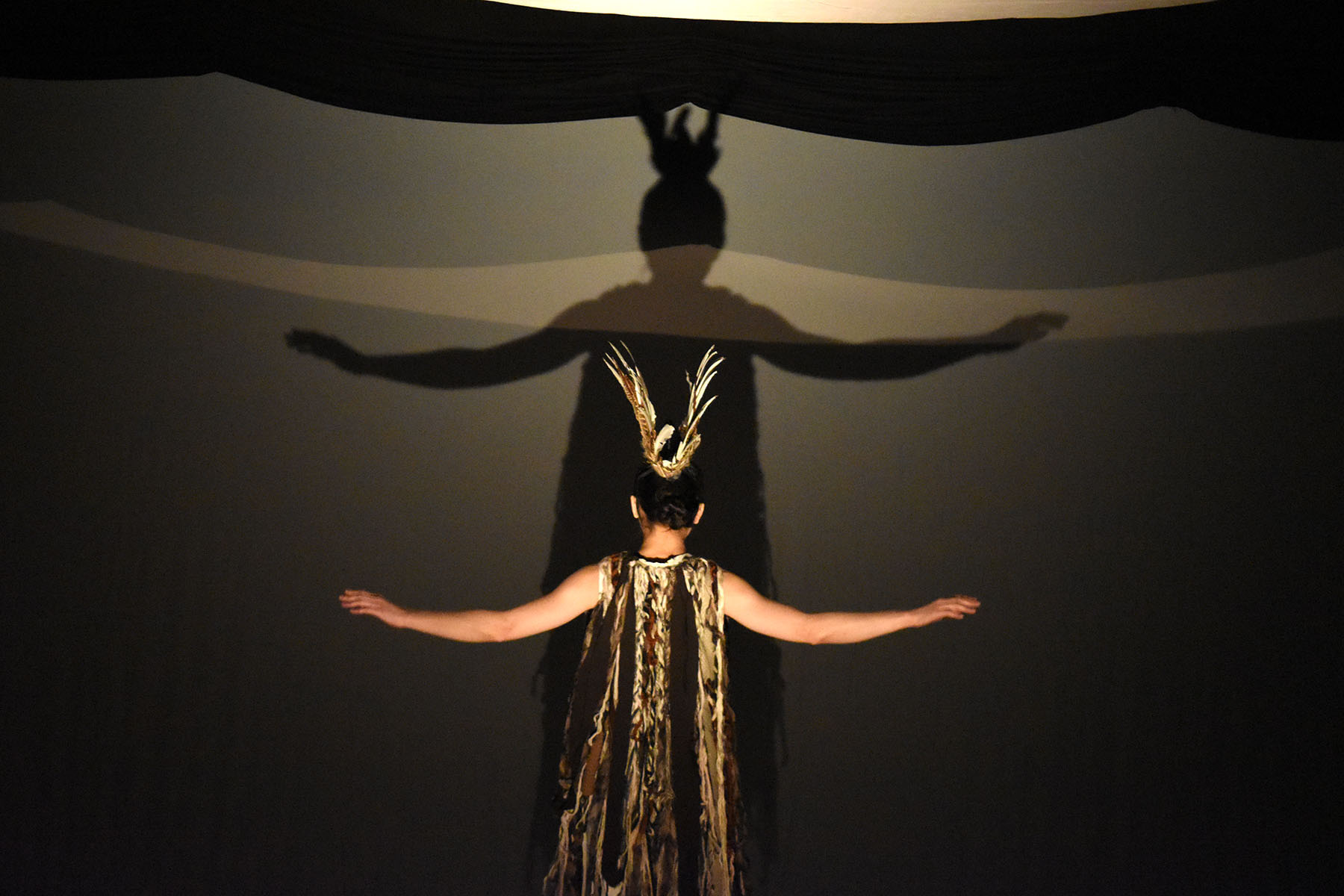
During this week and the next, Hong Kong’s theater lovers can expect to see “some of the most daring attempts at reimagining Shakespeare while retaining the spirit of the original”, says Tang Shu-wing. The artistic director of the inaugural Hong Kong International Shakespeare Festival — a joint venture between the eponymous Tang Shu-wing Theatre Studio and the West Kowloon Cultural District — has reason to be proud of curating a lineup that’s as diverse as it can get but united in terms of the sheer chutzpah on display.
Macbettu, for instance, is an all-male rendition of Shakespeare’s Macbeth. It’s a rather unconventional casting decision, considering the play has a strong female character at its center — the ruthless and manipulative Lady Macbeth, whose wily moves are crucial to the plot. Italian director Alessandro Serra has cast “a man 1.93 meters tall and with a thick beard” as Shakespeare’s most irrepressible female lead. “She is taller and stronger than the male characters, being an emblem of generative force and female power,” says the director.
READ MORE: Romanian rhapsody
The play’s original Scottish-moors setting has been moved to Barbagia, “a wonderful and at the same time archaic and violent land in Sardinia, where it is not difficult to come across certain archetypes present in Shakespeare’s work”. The struggle for political one-upmanship is depicted in the form of well-built, muscular men, with shaven heads, fighting between themselves like a pack of dogs, on a dust-laden stage with totemic stone sculptures — a throwback to primitive hunter-gatherer societies.
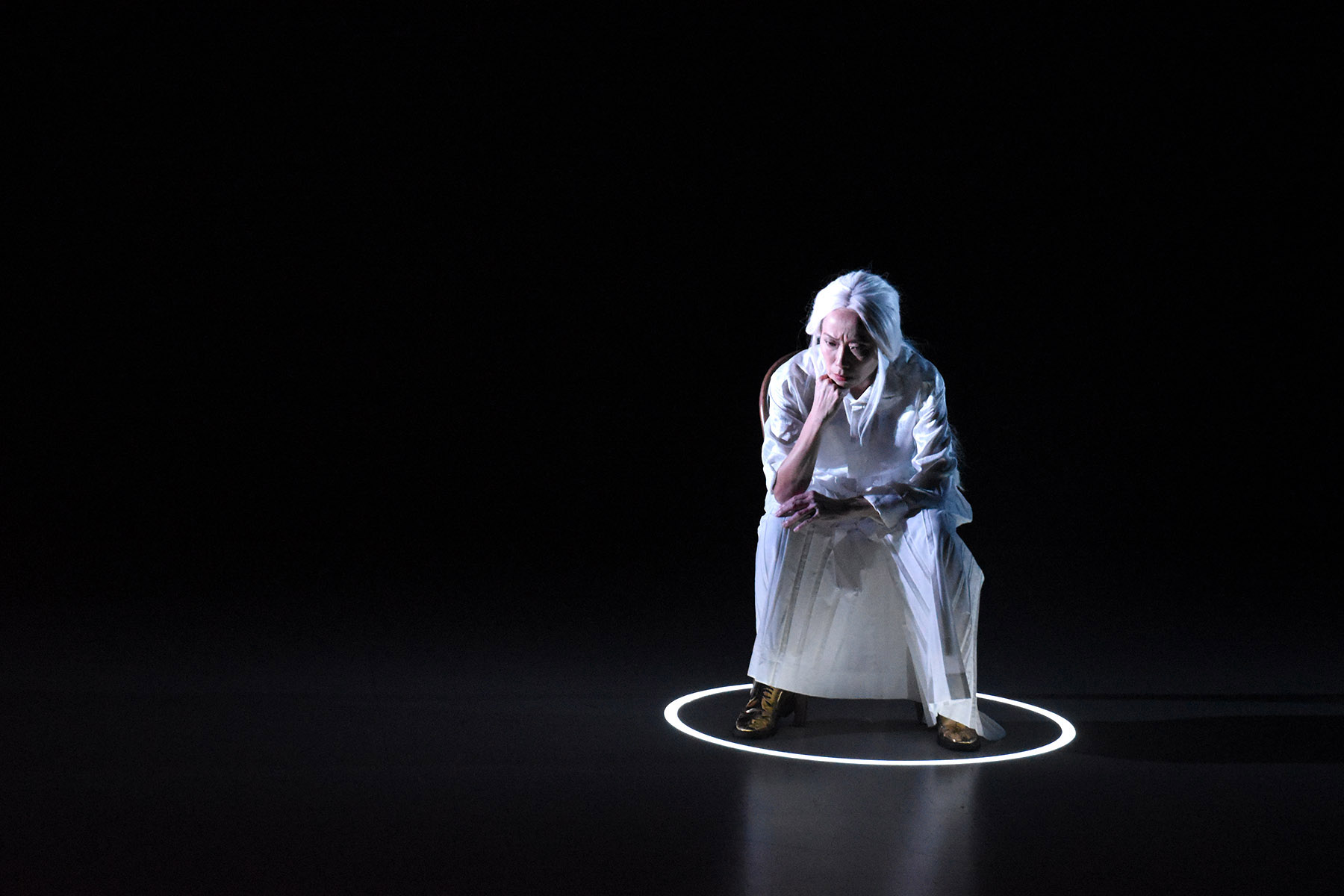
Hamlet_Avataar, on the other hand, recasts Shakespeare’s Hamlet in the mold of Korean clown theater. Director Hyoung-taek Limb says the decision to present what is ostensibly Shakespeare’s most serious work — the protagonist spends much of his time pondering over profoundly existential questions — as a farce is inspired by the play within the play in Shakespeare’s original version. In Elizabethan England, such set pieces would be played like a pantomime, by masked actors — a performance device that resonates with Limb’s chosen theater form on several levels.
The director also wanted to highlight the fact that most of the characters in Hamlet hide their true feelings. Hamlet, for instance, pretends to be mad in public and bares his soul only to the audience through his iconic soliloquies. In Hamlet_Avataar, Limb has linked the idea of switching between different personae to the Hindu concept of reincarnation, or avatar. Hence the inclusion of Bengali spiritual compositions, sung by the virtuoso performer Parvathy Baul.
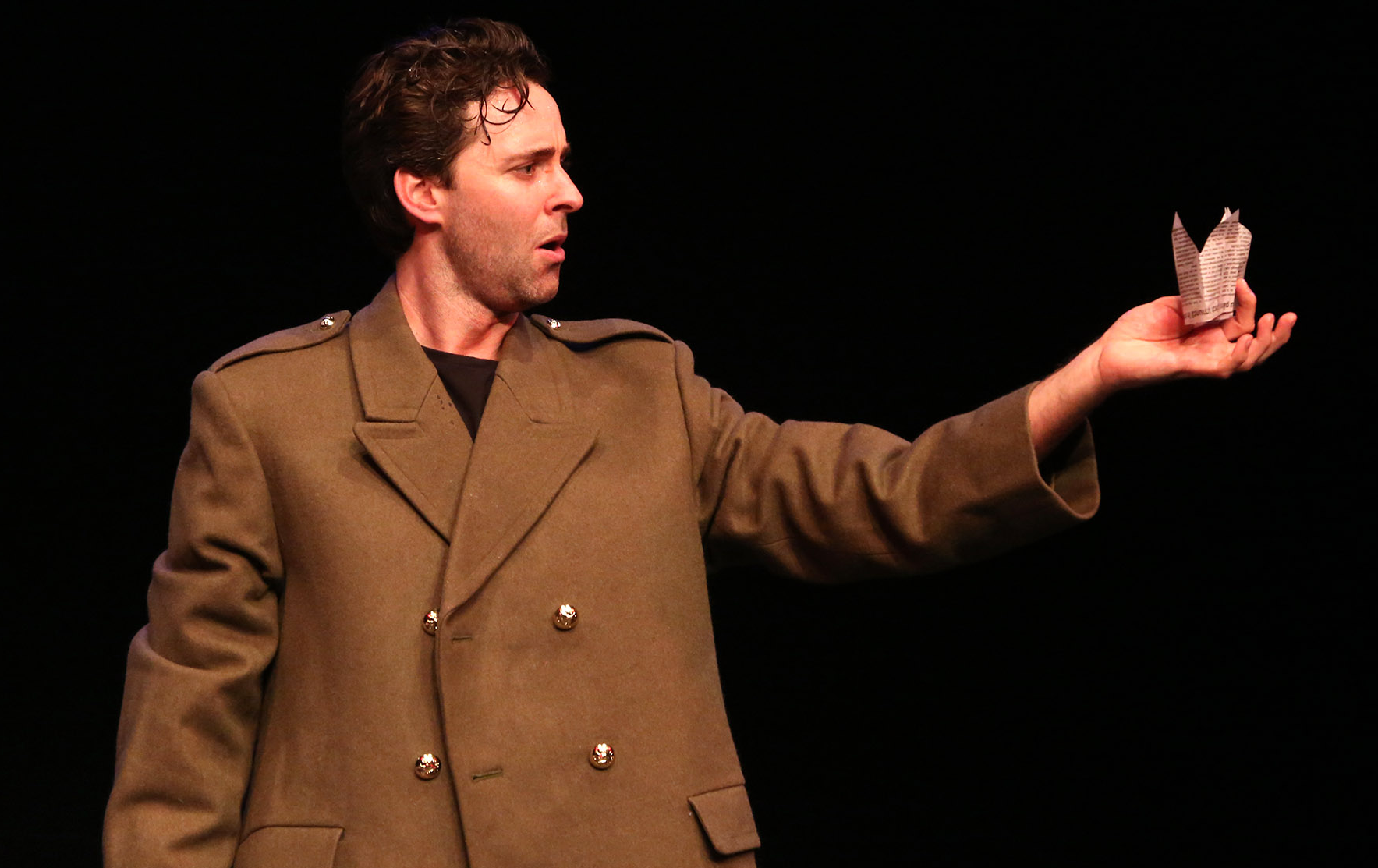
Play without words
“All the shows featured in the festival share a common characteristic: a uniqueness which can lead to a wider understanding of humanity as seen through the world of Shakespeare,” Tang says.
His own directorial venture, which opened the festival on Wednesday, is King Lear, performed by an all-female cast, including two Romanian actors.
Tang sees the play — about a monarch whose lack of self-knowledge and errors of judgment set him off on a path to self-destruction — as a study in aging, both biologically and as a metaphor. “Old people struggling with holding on to their past glories” is more common than we realize, he points out. Then those who are younger may not necessarily be better at it either, he hastens to add. “We tend to blame such failures on others or, like Lear, blame it on Fate. We think that we are the ones in the right, while the wrongs are committed by others.”
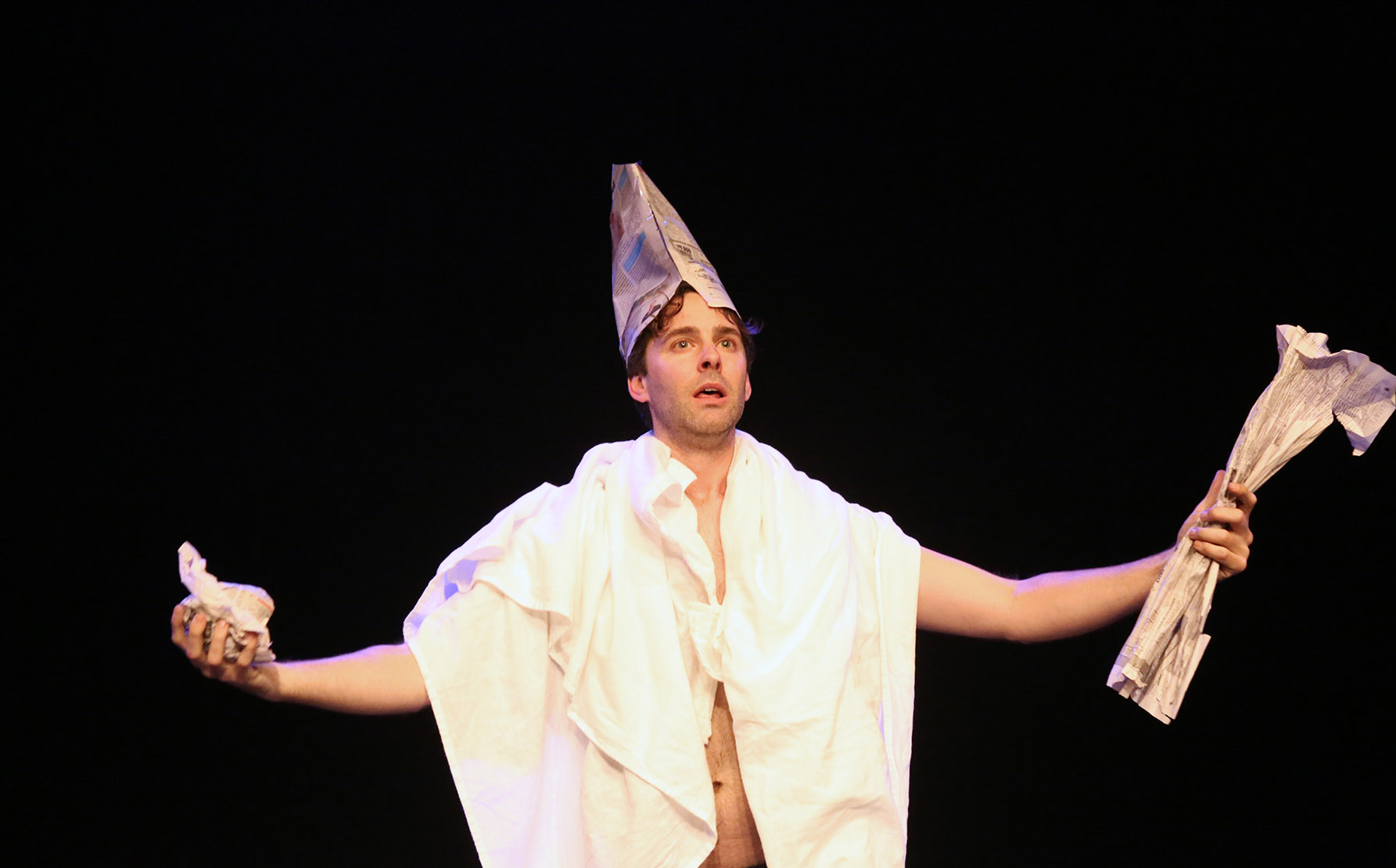
Performed on a bare stage with only a step ladder as prop in Tang’s signature minimalist style, King Lear is a nonverbal production. The focus is concentrated on the visual aspect of theater. Using movement, gestures, facial expressions and silent interactions between themselves, the actors create a series of compelling images, taking cues from the Shakespearean plot.
The image of Lear’s wrongfully maligned and disowned daughter Cordelia walking across the stage wearing an elaborate headdress with large bird wings attached to it stands out for its serene beauty in a play riddled with violence and intrigue. “The figure of Cordelia as a bird is a metaphorical expression of her wish to be free, especially from parental control,” explains Tang.
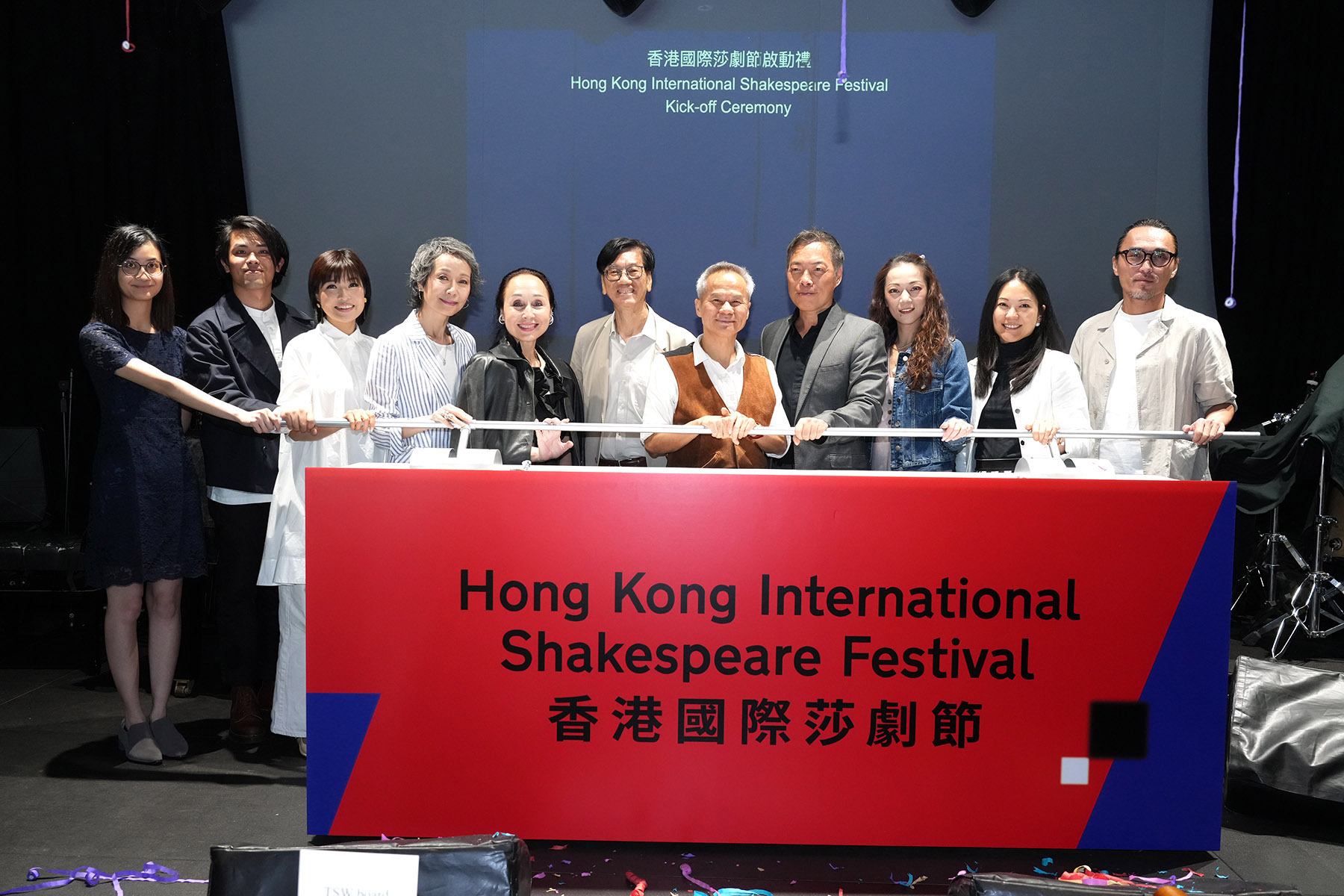
Cecilia Yip, a veteran of Hong Kong’s film and stage with four decades of acting experience under her belt, says she was on a learning curve, all over again, trying to find her way into playing the psychologically complex and physically demanding role of Lear. By the end of the rehearsals, she had developed empathy for the extremely unsympathetic character.
“Taking part in this nonverbal production has made me more sensitive, both in terms of interpreting the role as well as reacting to fellow actors,” Yip says. “Playing Lear has given me a new understanding of life, as well as of the distinctions between good and evil, and also made me a kinder person, both to myself and to others.”

Kingly jests
Brett Brown’s journey playing Henry V for almost eight years has similarly added to his growth as an actor while also “giving me a freeing irreverence toward my own work”. Since 2016, the Australian actor has been performing a solo act, adapted from Shakespeare’s Henry IV parts 1 and 2, Henry V, and Henry VI Part 1 by Philip Parr, who also directs. Over the years, “while the essence of the production has remained the same, I have developed a much deeper understanding of the character,” Brown says.
Henry V Man and Monarch is a non-linear piece, based on the Henriad but presented in the form of a jigsaw puzzle, or to use, Brown’s preferred metaphor, “a cubist painting”.
“We intentionally piece together different parts of Shakespeare’s Henry plays while manipulating and juxtaposing aspects of his character to bring a new vision of Henry to life,” he says. “Some moments of the play are intentionally confusing, time and place change rapidly, or Henry says one thing, but does another. This allows me to expose elements of Henry’s hereditary patterns, hypocrisy, poetry, brutality, and statesmanship. My Henry keeps the audience on their toes — he is always one step ahead of them.”
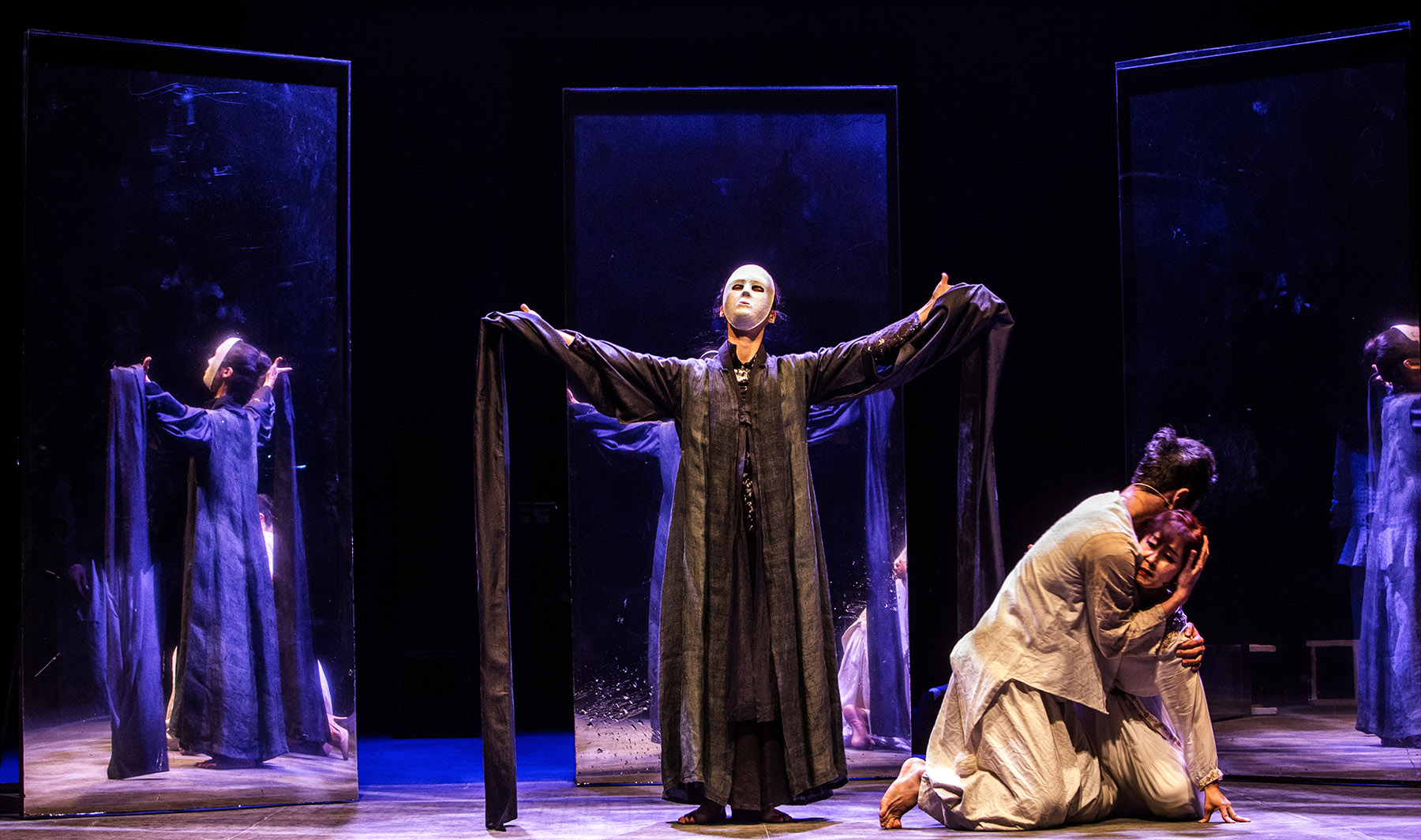
A lot of newspapers are destroyed during the performance. Henry carries a paper scepter and wears a paper crown, scissoring it out of a current edition published from the city where the production is playing. “This creates a dynamic connection between the themes of Shakespeare’s 400-year-old plays and the current social context of the audience,” Brown says.
ALSO READ: Remixing Shakespeare’s sonnets
“I am fascinated by the way our leaders shape their public image and how the media has the power to create their invisible, symbolic crowns,” says the actor, pointing out how Shakespeare’s Henry, as indeed his own version of the character, is no different. “He obsesses over what is said about him, and literally creates his orb, scepter and crown from sheets of newspaper. Carefully crafting his own image and mythology, he also creates soldiers from newspaper pages, chopping them up and throwing them away at his will.
“Apart from newspapers, we use no special effects or recorded sound: It is just me, a few bits of costume, and Shakespeare’s words. This continues to be a little daunting, as I have nowhere to hide during the performance.”
If you go
Hong Kong International
Shakespeare Festival
Dates: Through June 16
Venue: Freespace, West Kowloon Cultural District, Kowloon
Contact the writer at basu@chinadailyhk.com


